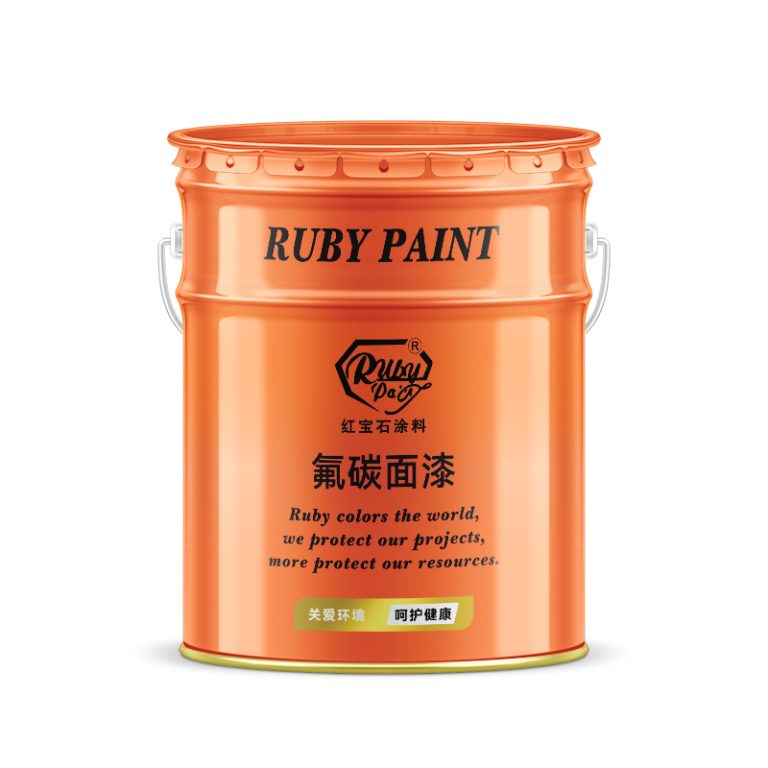Table of Contents
تأثير انبعاثات الفلوروكربون على استنفاد طبقة الأوزون
الرقم التسلسلي
| المنتج | طلاء إيبوكسي غني بالزنك |
| 1 | لوائح الفلوروكربون وفعاليتها في حماية طبقة الأوزون |
لا.
الاسم
طلاء وسطي من الفلوراكربون
| استجابة للأدلة المتزايدة على التأثيرات الضارة للمركبات الفلوروكربونية على طبقة الأوزون، تم تنفيذ اللوائح الدولية للتحكم في إنتاجها واستخدامها. أحد أهم التدابير التنظيمية هو بروتوكول مونتريال، وهو معاهدة دولية تم الاتفاق عليها في عام 1987. وقد تم تصميم البروتوكول للتخلص التدريجي من إنتاج واستهلاك المواد المستنفدة للأوزون، بما في ذلك العديد من مركبات الكربون الفلورية مثل مركبات الكربون الكلورية فلورية (CFCs) ومركبات الكربون الهيدروكلورية فلورية (HCFCs). ). | وعلى الرغم من هذه النجاحات، لا تزال هناك تحديات في ضمان استمرار حماية طبقة الأوزون. وقد تم الإبلاغ عن إنتاج واستخدام مواد محظورة بشكل غير قانوني في بعض المناطق، مما يهدد بتقويض التقدم المحرز حتى الآن. بالإضافة إلى ذلك، فإن الحاجة إلى المراقبة المستمرة وإنفاذ اللوائح الحالية أمر بالغ الأهمية لمنع أي تراجع محتمل.
في الختام، أثبتت اللوائح المتعلقة بالفلوروكربون فعاليتها العالية في حماية طبقة الأوزون من المزيد من الاستنزاف. ويشكل بروتوكول مونتريال، على وجه الخصوص، شهادة على ما يمكن تحقيقه من خلال التعاون الدولي في التصدي للتحديات البيئية العالمية. وللمضي قدمًا، من الضروري الحفاظ على الزخم من خلال ضمان الامتثال الصارم لأحكام المعاهدة والتكيف مع النتائج العلمية الجديدة لحماية طبقة الأوزون للأجيال القادمة. إن الرحلة نحو استعادة طبقة الأوزون بالكامل هي رحلة طويلة، ولكن مع الجهود المتواصلة والتعاون العالمي، تصبح في متناول اليد |
| 1 | Fluoracarbon middle paint |
In response to the growing evidence of fluorocarbons’ detrimental effects on the ozone layer, international regulations have been implemented to control their production and use. One of the most significant regulatory measures is the Montreal Protocol, an international treaty agreed upon in 1987. The protocol was designed to phase out the production and consumption of ozone-depleting substances, including many fluorocarbons such as chlorofluorocarbons (CFCs) and hydrochlorofluorocarbons (HCFCs).
The effectiveness of these regulations in protecting the ozone layer has been evident over the years. Since the implementation of the Montreal Protocol, there has been a significant decrease in the atmospheric concentration of key ozone-depleting substances. Scientific assessments indicate that the ozone layer is gradually recovering, and it is projected to return to its pre-1980 levels by the middle of this century. This positive outcome underscores the success of the international community in addressing a global environmental issue through coordinated efforts.
Moreover, the regulations have spurred innovation in the industry, leading to the development of more environmentally friendly alternatives to fluorocarbons. Hydrofluorocarbons (HFCs), for example, have been introduced as substitutes for CFCs and HCFCs in many applications. Although HFCs do not deplete the ozone layer, they are potent greenhouse gases that can contribute to global warming. Recognizing this, the Kigali Amendment to the Montreal Protocol, adopted in 2016, aims to phase down the production and use of HFCs, further demonstrating the evolving nature of international environmental agreements in response to new scientific knowledge.

Despite these successes, challenges remain in ensuring the continued protection of the ozone layer. Illegal production and use of banned substances have been reported in some regions, threatening to undermine the progress achieved so far. Additionally, the need for continuous monitoring and enforcement of existing regulations is critical to prevent any potential backsliding.
In conclusion, the regulations on fluorocarbons have proven to be highly effective in protecting the ozone layer from further depletion. The Montreal Protocol, in particular, serves as a testament to what can be achieved through international cooperation in addressing global environmental challenges. Moving forward, it is essential to maintain the momentum by ensuring strict compliance with the treaty provisions and adapting to new scientific findings to safeguard the ozone layer for future generations. The journey towards a fully restored ozone layer is long, but with sustained efforts and global collaboration, it is within reach.





